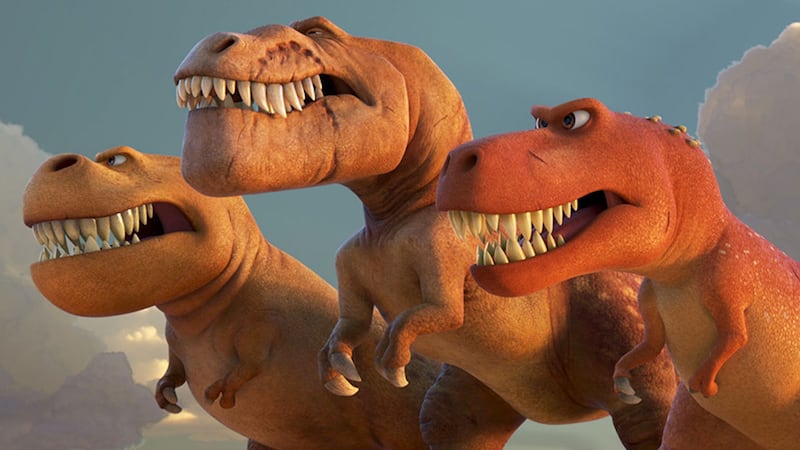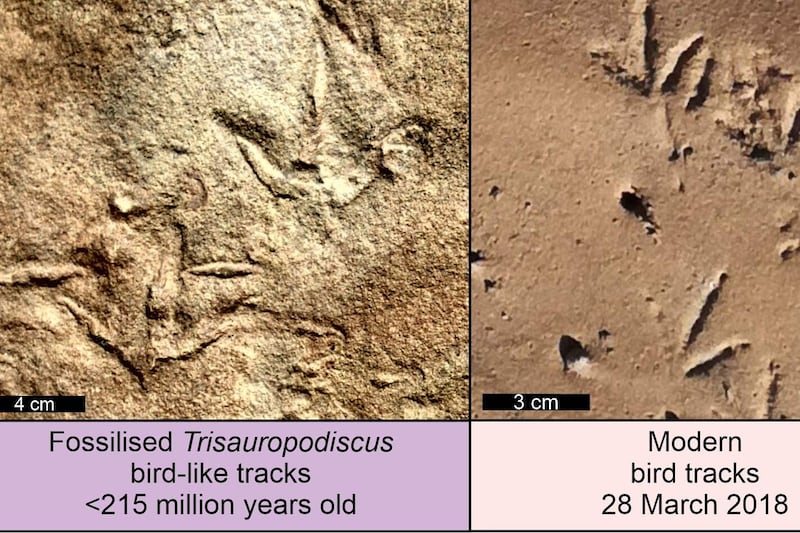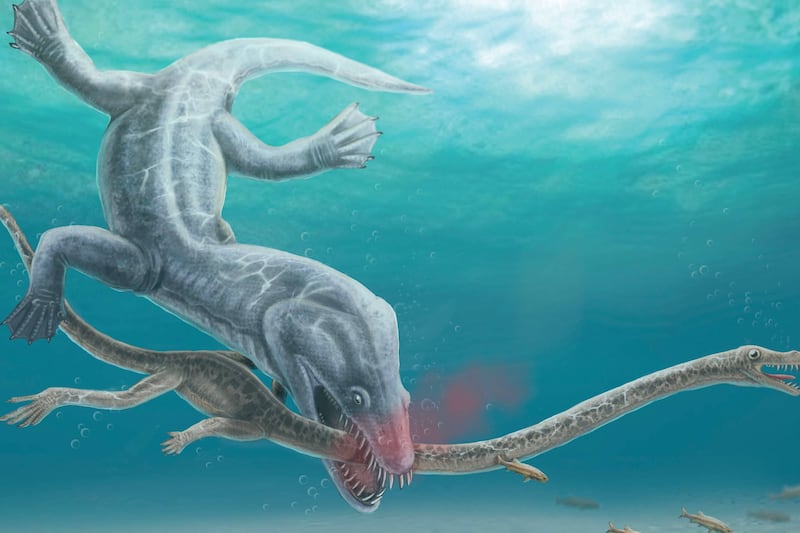Imagine if you had a dinosaur as a pet – that would be pretty cool, right?
Taking a giant T-Rex for walkies around the park might just be a little bit too dangerous, but we figured there must have been at least one dinosaur that would have made the perfect pet, without risking a repeat of Jurassic Park in your backyard.
So we spoke to paleontologist Steve Davies of Dinosaurland Fossil Museum in Lyme Regis, England to find out what species could replace man’s best friend. He was happy to indulge in our dino-fantasies, saying: “I get asked some strange things but this is really taking the biscuit.”
Thanks Steve.
So which dinosaur is it?
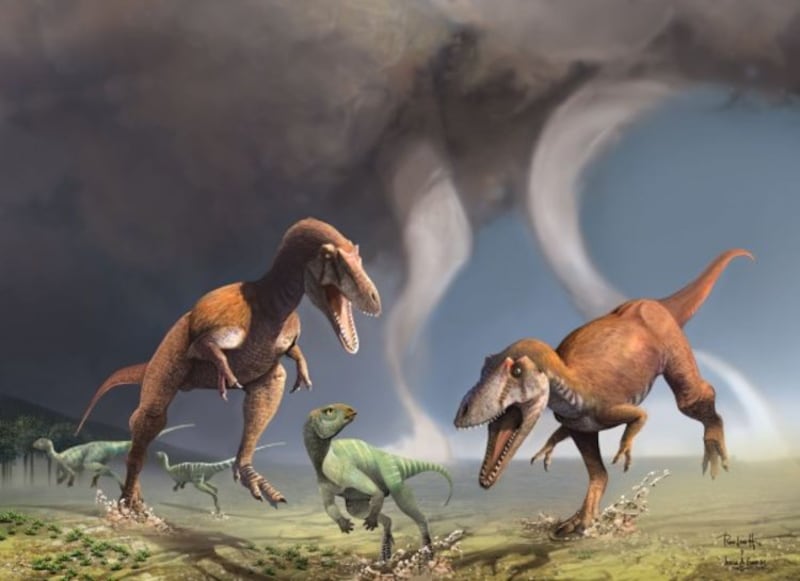
Steve immediately ruled out the “big meat-eaters” like the T-Rex because, reasonably enough, “it would be too dangerous”.
Steve thinks the sheer size of the “Jurassic cows” – giant grazers like the apatosaurus and diplodocus – means they wouldn’t be a good pick either. To put their size in context, at his museum Steve has a lump of apatosaur dung three feet across and weighing a whopping 73 kilos.
Steve said: “You would want something that probably wouldn’t eat you – I guess that’s a reasonably important requirement – and you want something small.”
And that led us on to this little guy.
Psittacosaurus #Aww #Cute pic.twitter.com/J6Z1psuI3z
— Bety Co (@TheBetyco) September 15, 2016
Get ready to meet the new love of your life: the psittacosaurus.
So what’s the psittacosaurus like?
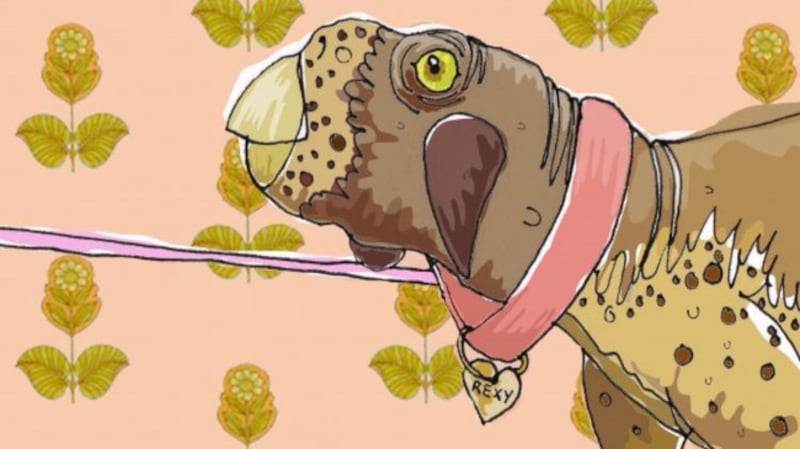
Aside from being the cutest thing you’ve ever seen, it’s partly the size of these creatures from the early Cretaceous period – about 120-100 million years ago – which makes them such ideal pets. Steve says it varied, but generally a psittacosaurus was about the size of a Labrador.
Being small, and mostly herbivorous, they are a safer bet than their carnivorous counterparts too. This doesn’t mean that they’re as easy to handle as a bunny: Steve warns they could give a nip with their parrot-type beak or possibly do some damage with the spiky protrusions on their tail – sometimes thought to have been used for fighting between males.
Small IS beautiful. "Parrot lizard" or
Psittacosaurus lived in the Early Cretaceous Asia about 125m years ago. pic.twitter.com/egQq5j9fV9— RaubRabe (@Raubrabe) April 27, 2016
This suggests that you need to be careful with them around children, but don’t worry because it does look like they may have had a kinder nature. Steve says there’s some evidence that they were sociable “like a meerkat”.
“There are wonderful fossils found where you’ve got what seems to be a sort of nanny dinosaur looking after dozens of babies, which can’t all be its own, suggesting they lived as part of a colony,” says Steve. “They seem to be sociable creatures and that’s got to be good.”
The sociable nature of these loveable little creatures does have a small caveat though – our expert reckons you would probably need to have a pair of them “to keep them happy”. That will be two food bowls then.
How would you care for them?
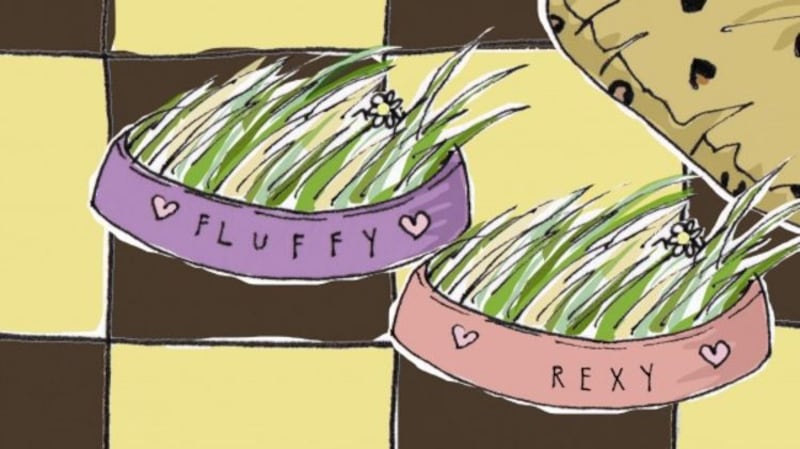
The psittacosaurus’s parrot-like beak is thought to be purpose-built for eating rough vegetation (mmm, tasty). Steve estimates your prehistoric pets would eat about a quarter of their bodyweight a day.
“You can imagine developing a field with rough vegetation for it to eat, maarum grass or that sort of thing,” says Steve.
Food isn’t the only reason a field would be handy for raising your psittacosaurus, because Steve also thinks you could use it for exercising your pets.
A mount of Psittacosaurus doing what it normally did…eat. From my old WDC days #fossilfriday pic.twitter.com/OngaCiVxHJ
— Scott Hartman (@skeletaldrawing) January 30, 2015
“If you have a field it would probably manage to exercise on its own,” says Steve. “Although like a Labrador I guess you could take it out for long regular walks.”
Before you start thinking this sounds like hard work, the best thing is you probably wouldn’t have to worry about cleaning your dinosaurs.
Relatively recent research suggests many dinosaurs were feathered. Steve says psittacosaurs will “almost certainly” have had feathers “not for flying but for insulation and appearance”. So Steve thinks its cleaning habits would be much like a bird’s, so you wouldn’t have to worry about constantly bathing it.
Could it be house-trained?
The Flintstones GIF – Find & Share on GIPHY
Our fossil-fanatic friend Steve thinks that due to the smaller size and relatively safe nature of the psittacosaurus, there’s no reason they couldn’t sleep inside.
“There’s evidence that dinosaurs were showing signs of intelligence,” says Steve. “So I suppose there’s no reason why you couldn’t train it.”
That’s good enough for us – we can already imagine our dinosaur chilling out on the sofa with us as we watch TV.
But wait, if you can train them…
Could you ride them?
I love you and think you're awesome, Psittacosaurus. pic.twitter.com/nxsIVDCPC2
— halloween (@Pseudothulhu) September 15, 2016
Steve says if you take the rough size of a psittacosaurus as being between a Labrador and a large cat, a small child could quite happily ride it. Music to our ears.
“There are some bigger Mongolian ones which are sort of people-sized so it’s conceivable you could ride it,” says Steve.
So we’re now convinced that the psittacosaurus would be the perfect pet. We don’t know about you, but we’ve never been sadder that dinosaurs are extinct.
